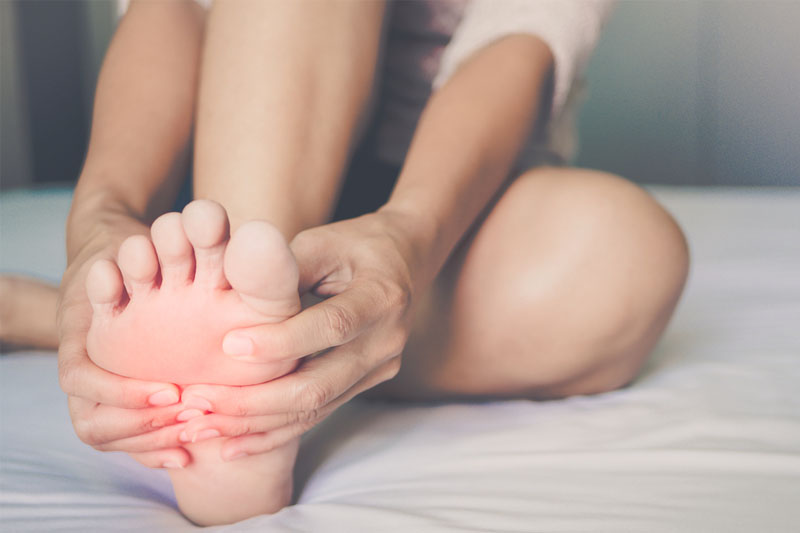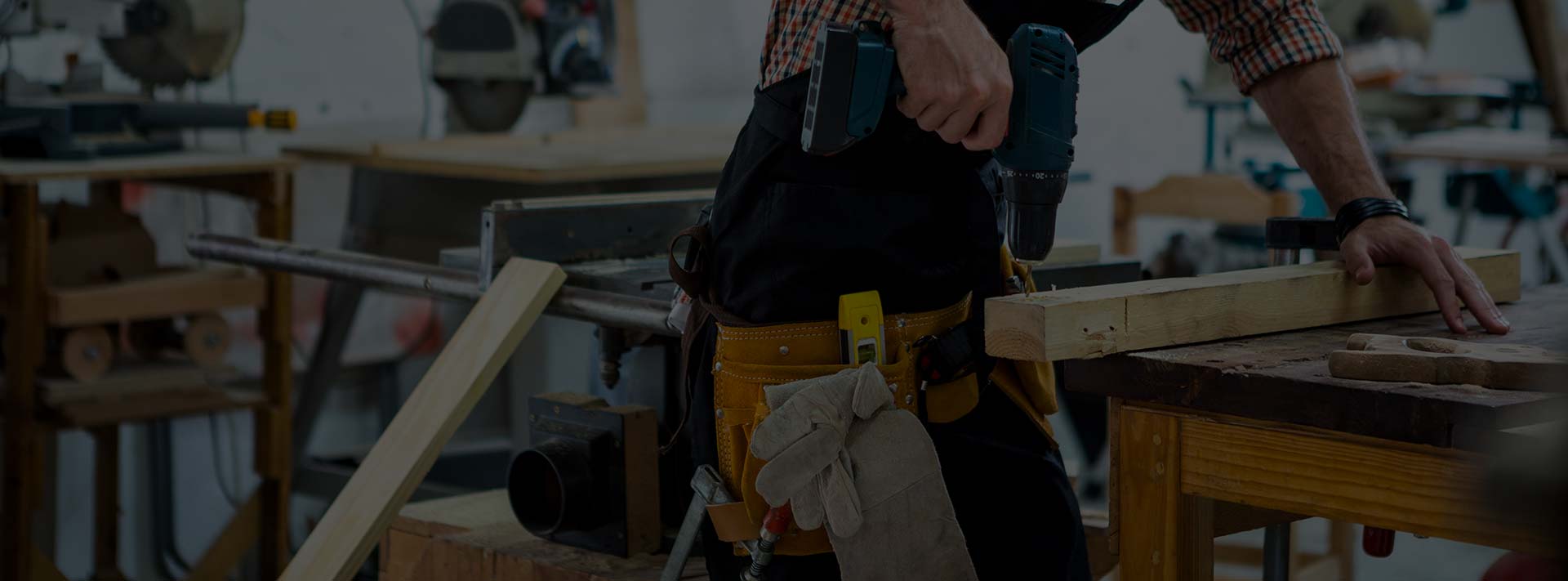
18 Nov Types Of Forefoot Pain And How They Can Be Treated
Forefoot means the front part of the foot. To refer to forefoot pain as metatarsalgia is incorrect if you want to use it as a basis for diagnosis. Forefoot pain occurs due to different reasons and is of several types such as a stress fracture, synovitis, plantar plate, Morton’s Neuroma, etc.
Stress Fractures
Stress fractures are common in sportspeople, mainly long-distance runners. Female runners are more likely to suffer from it. It arises due to an injury to the foot bone in the form of tiny cracks along bone surfaces when the foot is repetitively forced or overused. The stress fracture site has some swelling, becomes tender, and creates a kind of dull ache, especially at night. This type of fracture has no particular history of trauma, and the pain will be present while running or walking that continues for quite some time even after the person stops playing the sport.
Plantar Plate Injuries
The plantar plate is a robust supportive toe ligament located on the ball of the foot. Damage to this ligament causes chronic pain, without any history of trauma. When not diagnosed, it results in deformities of the lesser toes, i.e., 2nd to 5th toe. It also aggravates the joint pain called synovitis and capsulitis. The location of the ache is the metatarsophalangeal joint. Some swelling can occur, but not always. The ache may turn into a sharp, stabbing, or burning pain.
You need to avoid pain increasing activities such as excessive dorsiflexion of the foot, barefoot walking, running, jumping, and up-down walking of stairs. While resting is essential to reduce pain, wearing stiff-soled shoes helps.
Morton’s Neuroma
A stabbing and sharp pain between the 3rd and 4th metatarsophalangeal joint is a sign of Morton’s Neuroma, a painful condition affecting the ball of your foot. The shooting pain may start due to a particular activity and can be sporadic. At such time, ill-fitting and narrow footwear sharpens the pain and passes on numbness to the next two toes. Neuroma affects any metatarsophalangeal joint, a condition that is also referred to as Neuroma.
Bunion
Bunions or hallux valgus are painless, which is why they are often left untreated. A bunion is a bony bump that gradually build up on the inside of the foot where the big toe joint is- the first metatarsophalangeal joint. In this condition, the hallux rotates and moves medially and can ride over the second toe. Just as it can be a congenital condition, it can arise due to wearing narrow toe, high heeled shoes.
It is a deformity that is difficult to arrest or slow down but can be treated to reduce the pain. The use of splints at night may help straighten the toe to some degree. Surgery is an option, but not everyone wants to opt for it.
Tendon/Muscle Strain
Your forefoot has many muscles. Intrinsic muscles start and end within the foot while the extrinsic muscles begin in the leg and end in the foot. Tendons are fibrous cords that work as links between a bone and muscle. When overused, the tendons injure and develop strain. The symptomatic burning pain follows the path of the affected tissue and increases whenever the muscle is used.
Initial treatment is similar to new tendon injuries and includes:
- Care for the injured tendon by avoiding to put weight on it.
- Offload the affected part is more effective than complete rest.
- Follow a ten-minute on-off cycle of applying ice (not on bare skin) to the affected area.
- Use compression (like a tube grip) on the injured tendon or muscle
- Elevate the foot to reduce swelling.
- Always seek medical advice as soon as pain develops.
Synovitis
Inflammation of the synovial membrane – a membrane lining the synovial joints – is known as synovitis. This joint swells due to the collection of fluid and causes sharp pain, which increases when the joint is moved. Walking barefoot and any excessive pressure on the joint aggravates the pain.
People also suffer from some other types of foot pain like Turf Toe and Sesamoiditis. You need to consult a podiatrist for proper medical care and to recommend pain-relieving footwear and foot care instructions. They will scrutinise your feet and take the time to understand what the condition is. The experts will then recommend treatment and orthotics as required.
If you have noticed any problems with your feet, contact a reputed podiatrist immediately. For information on our services at Sydney Sports Podiatry, feel free to contact us at either one of our locations.
Thanks for reading,
Sydney Sports Podiatry
1300 474 306



